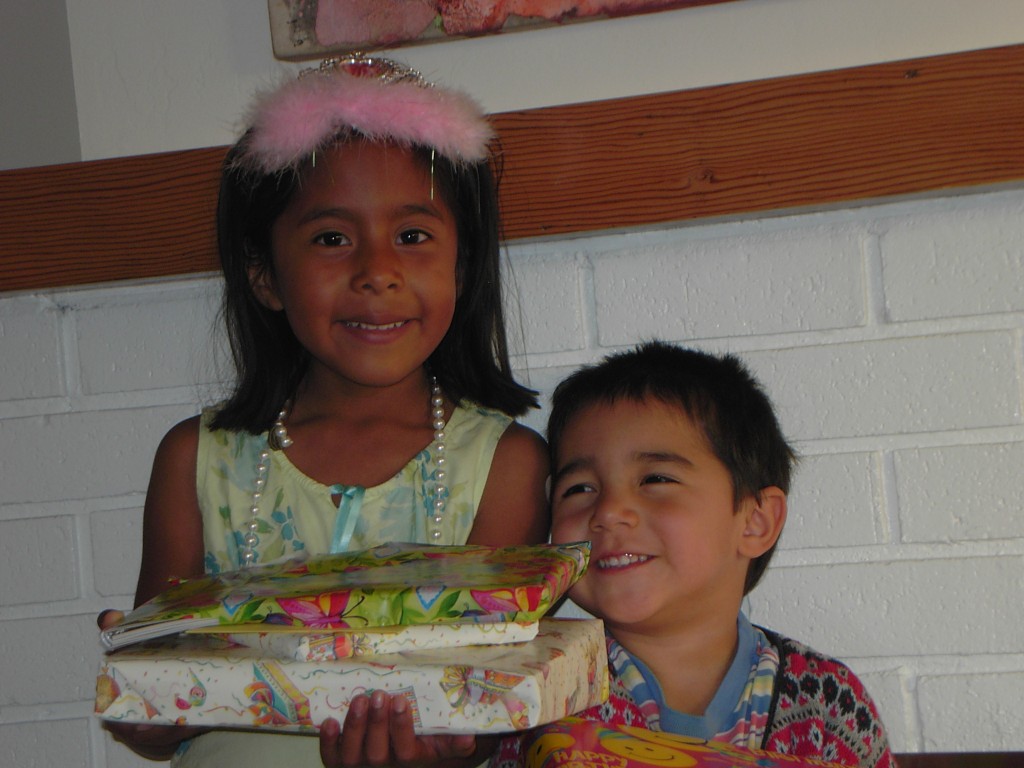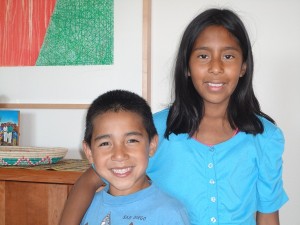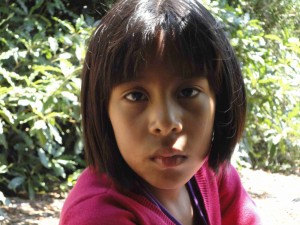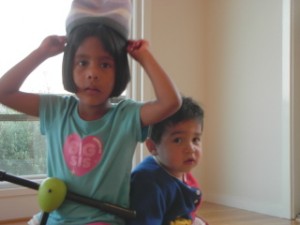On Monday, the New York Times Motherlode blog published my essay, An Adoptive Parent Won’t Take the Blame. As a former Jersey girl who grew up reading the Times, I am honored. As an adoptive parent who feels her voice often gets muffled by the screaming that surrounds the subject of adoption, I also am thrilled, big time.
The comments following the article are enlightening. As I expected, not everyone shares my point of view, and they’re forthright about their reasons why. But if that’s the price I must pay for speaking honestly and rationally, so be it. No complaints here.
Here are the first few paragraphs:
I’m the adoptive mother to a daughter and a son, ages 10 and 8, both born in Guatemala. Three years after my daughter came home, in November 2006, The New York Times ran an article blasting Guatemala’s adoption system, calling the country a “virtual baby farm.”
Two years later, in January 2008, Dateline NBC showed hidden camera footage of my adoption facilitator plying his trade in the lobby of a Guatemala City hotel, in a segment titled, “The Baby Broker.” In Northern California where I live, a man from Central America recently asked me, “How much did you pay for your kids?”
More recently, a front-page article in The Times told the story of a Reno, Nev., family whose adoption case stalled when allegations of corruption shut down the system. Many of the comments left by readers made me feel like a guilty criminal, simply because I’m an adoptive parent.
The question for me is, “How do I make sense of something that is both the best thing that has ever happened to me — becoming a mother through adoption to my two beautiful children — and the most troubling — becoming that mother by accessing a system that is now known to be so corrupt that it was, in fact, closed in December 2007?”
Click on the link and read the rest to see if you agree with my conclusion.




 ShareThis
ShareThis





